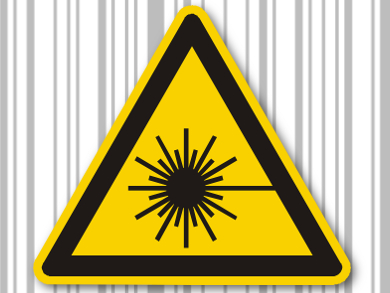Laser marking is a quick, simple method for making labels, bar codes, and anti-counterfeiting tags. Surface heating under the laser beam produces permanent color and structural changes without significantly damaging the material. Marking polymers is sometimes problematic because polymers transmit most of the light. Adding light-absorbing pigments can produce better markings for a given amount of laser energy.
Chunlin Liu and colleagues, Changzhou University, China, examined the physical and chemical changes that occur when thermoplastic polyurethane containing a bismuth oxide additive is exposed to near-infrared laser light (1064 nm). They characterized the results using microscopic, spectroscopic, and thermal techniques. Polymer samples without the additive did not display laser markings. Adding 0.1 to 0.3 % bismuth oxide produced increasingly well-defined markings, but increasing the content to 1.0 % caused overall darkening of the polymer and white spots from foam generation.
The team proposes that when the bismuth oxide absorbs energy from the laser beam, it pyrolyzes the polymer, creating a reducing environment that converts some of the yellow bismuth oxide to black metallic bismuth.
- Laser-Marking Mechanism of Thermoplastic Polyurethane/Bi2O3 Composites,
Wei Zhong, Zheng Cao, Pengfei Qiu, Dun Wu, Chunlin Liu, Huili Li, He Zhu,
ACS Appl. Mater. Interf. 2015.
DOI: 10.1021/acsami.5b07406




